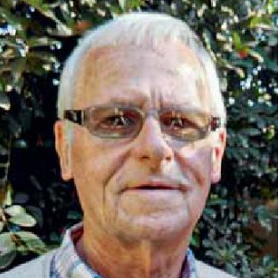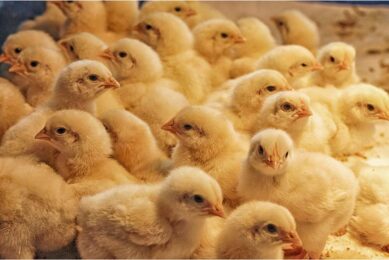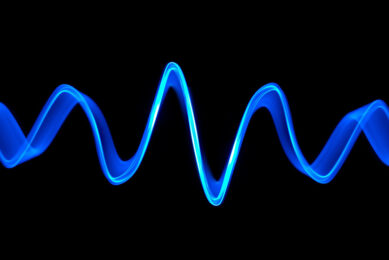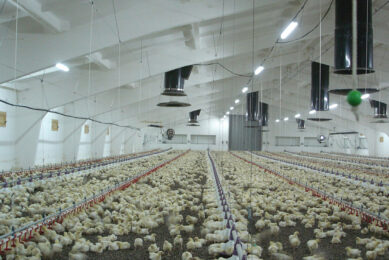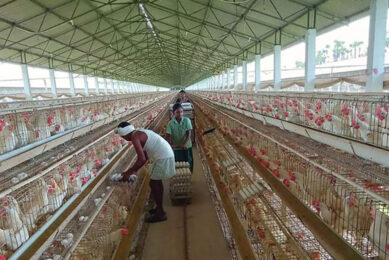Temperature and relative humidity critical in climate control
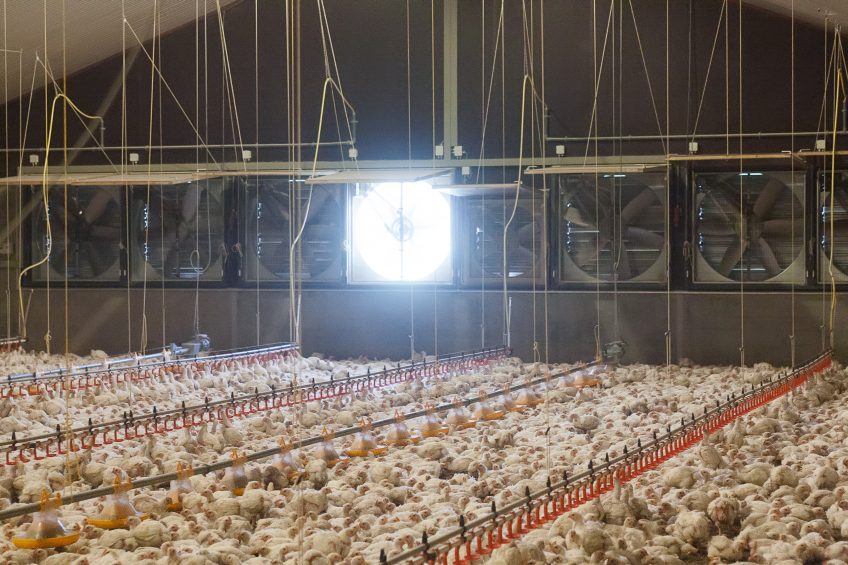
The main purpose of climate control in modern day poultry production is to produce a healthier bird, which enables it to grow more efficiently and live in the most desirable and least stressful environment available. Getting it right involves deeper knowledge of the interaction between temperature and relative humidity.
A good in-house climate results in lower mortality and reduced disease risk. Optimum housing control allows the birds to experience the best possible conditions in which to live and develop. In creating these optimum and best environmental conditions it enables the chicks to build up adequate immunity resulting in much lower stress levels in achieving their genetic potential, which in turn results in their meat being of a higher quality with better taste, consistency and texture.
In reality, in order to achieve this, the correct settings of the climate computer are essential, as one geographical area can and often differs from another, depending on the location, altitude and climatic differences that prevail. Even only a few kilometres apart can create the need for adjustments in order to achieve the optimum internal conditions.
It is very difficult to try to do this manually. With the first so called ‘environmentally controlled’ broiler houses, in the mid 1960s, it was a matter of trial and error, as outside conditions changed frequently. There was an internal temperature setting as well as variable fan speed control settings, however there was no humidity controller. Too much or too little ventilation, especially in the initial week, can cause big problems during and to a larger extent, towards the end of the cycle.
Calculation – minimum ventilation
The use of ‘minimum ventilation’, should be calculated as 12.5% of the house air volume in (cubic metres of air/minute). This figure can quickly be calculated by multiplying the house floor length by the width by the average height from the floor to the roof-in metres. Example (100m long x 12m wide) = 1200 sq m and multiply this by the average height, for example 3.0m = 3600 cubic metres. Multiply by 12.5% = 450 cubic metres of air/minute minimum requirement. Each fan will have a rating tag attached, which enables one to calculate the number of cubic metres it can move per minute at different speed settings/revolutions. Without this knowledge one is working ‘blind’ as it were. When running the minimum ventilation, especially during the first week and depending on the external air temperature and humidity, it will be necessary to have the heating system in operation in order to keep the house temperature and humidity at the correct levels. As a general rule, initial house temperature should be 32°C and relative humidity of 65% to 70%. Often forgotten, is the floor temperature in the brooding area and before placing the chicks it should be 32°C.
If floor temperature is less than 32°C, the chick’s O2 (oxygen demand) will increase. Check this one to two hours before the arrival of the chicks with your infrared hand held thermometer. After 3 to 4 days 55% to 60% RH and at 7 days 50% to 60%. If less than 50% RH in the first three days, the chicks will start to dehydrate and mortality will occur. This will result in uneven growth and non achievement of the target weights at seven days and this can continue right up to lifting, unless you identify the problem and make adjustments in your management. If the chicks are huddling after placing, it is a sign of draughts or lower temperature, look for the reason! The house may not be air tight, doors left open, or too much ventilation may be the reasons.
In mild climate environment there are two daily Dew Points, early morning and early evening, with higher outside humidity at these two times. Once the temperature begins to go down in the evening and the humidity begins to increase, this is when problems occur and mortality begins to rise. For broiler chickens the % relative humidity (RH), is a key factor to keep under control. This in relation to temperature.
Dry Bulb Temperature (measured in Degrees F ) should be 95°F (35°C ) + 50% RH = 145 (150 or less is OK ), 95F (35°C ) + 70% RH = 165 (150+ causes problems), < 45% creates irritation to the respiratory system and discomfort to the birds which equals stress. > 65% + creates difficulty in respiration (breathing) and impairs the cardio vascular system’s ability to deliver adequate amounts of oxygen to the body, resulting in over loading of the respiratory system. If either of the two above occurs, the birds will not reach their potential weights, FCR will increase and mortality can occur.
Optimal climate
Having examined different computer house control systems, it is evident that there are differences which could result in some outperforming others. Let us take a look at what the requirements are in order to create the optimal climate for the most efficient broiler chick growth.
Firstly, before receiving your delivery of day old chicks, it is essential to receive from your supply hatchery the chicks ‘CV’ (coefficient of variation), as well as the parent flock age, preferably in a graph format. The importance of this will enable you to have the required house temperature and humidity conditions pre-set to optimum for that flock’s mean weight and distribution. It is also necessary to know what breed is being used, as some breeds are quicker feathering than others, with the slow feathering chicks requiring a higher initial temperature for the first seven to twelve days. Also if chicks from a young flock are received, house temperature needs to be increased by a few degrees.
House climatic conditions are dependent on the % RH / temperature inside the house. These figures in turn allow the computer to achieve the correct fan speed required. To achieve this, there also needs to be outside sensors to advise the computer as to the temperature and RH of the incoming air and to allow the correct amount of moisture and internal temperature to work together to create the correct internal conditions. The result ensures the avoidance of heat stress or too low a temperature and controls the humidity to within the required amount. This is vital to ensure optimal growth rate in terms of daily weight gain / water intake and gives optimal litter conditions in terms of moisture content. On many occasions one often sees poor litter conditions and in many instances this is due to incorrect ventilation set up, as well as poor water management of the nipple lines in terms of incorrect internal water pressure and nipple height as well as nipple type, (certain types being more prone to causing water wastage), not all are similar in design or performance.
Thermal neutral zone
In order to set the correct temperature and humidity requirements, one needs to know the chicks/birds TNZ (thermal neutral zone). This changes daily, as the chick grows from ‘placing’ to ‘lifting’, however it is often done on a weekly (7 day) basis which is not accurate enough, as today there is such a vast difference in body weight from say day 7 to day 13, just before the weekly change occurs, eg. body weight at 7 days of 190 to 200 grammes and at 14 days 490 to 500 grammes. However, the computer should be able to accommodate these changes from the daily weight averages taken from its daily weighing’s, however, not all systems may have this in place. These are questions that you need to know the answers to.
Generally the TNZ on a 7-14-21-28-35 days of age basis gives one the house temperature that the birds require according to their body weight. One also needs to consider the two daily dew points – generally these occur in the early morning +- 04:00 hours, and early evening 20:00-21:30 hrs (depending on location, altitude, season, proximity to water) to name a few. Find out at what time your dew points are. The dew point, is the time when the air is as near as 100% saturated with moisture. In many areas this can be seen as fog or mist – especially in areas close to a lot of water or marshy, wetland areas. It is correlated to outside temperature, for example the weather forecast may say dew point is at zero degrees or 1°C. The computer needs to take into account these dew points in its calculations. All the incoming air needs to be calculated before entering the house to allow for the internal in-house air’s existing temperature and humidity to be re-calculated for the chicks’/birds’ requirements, in order to change to the correct required house temperature and humidity, including air speed to meet the birds’ optimal TNZ for that particular day’s needs.


